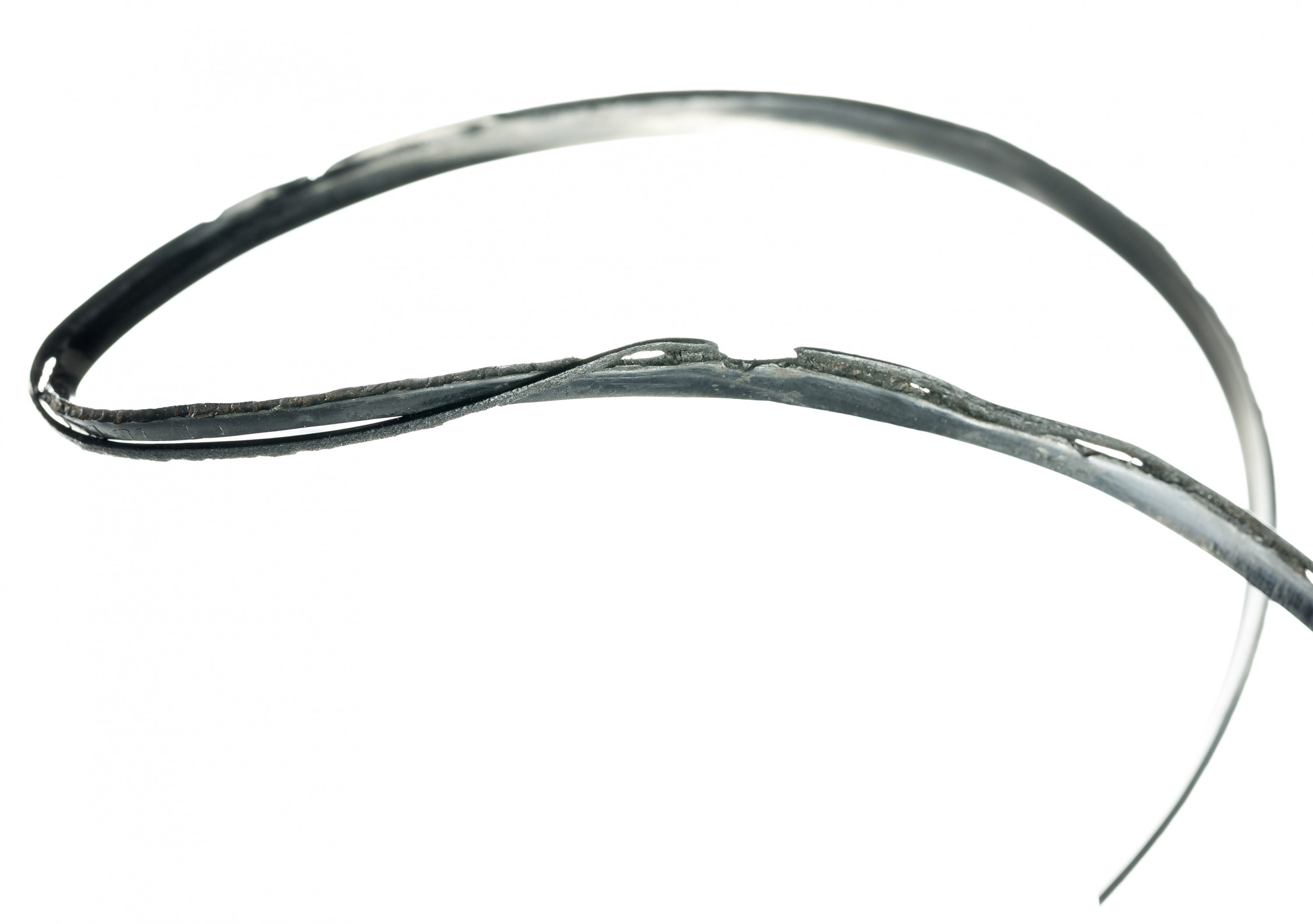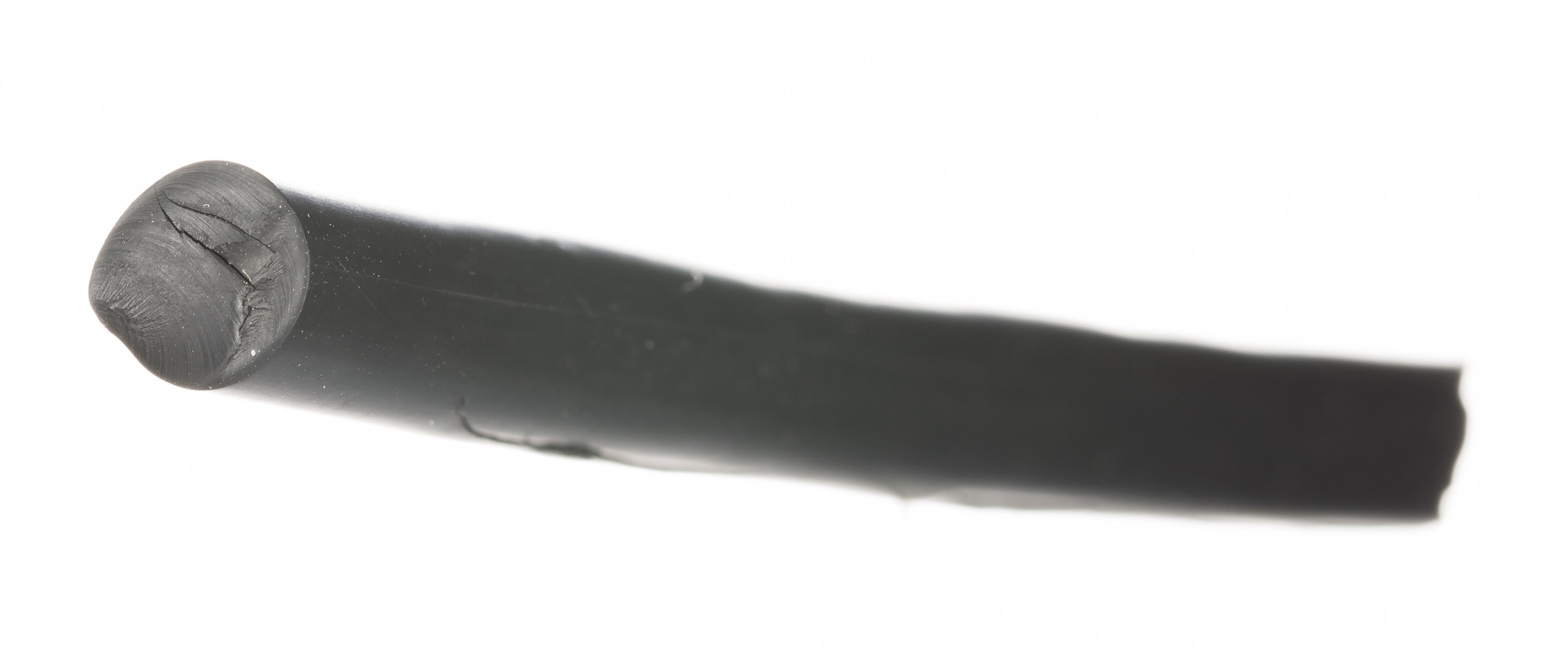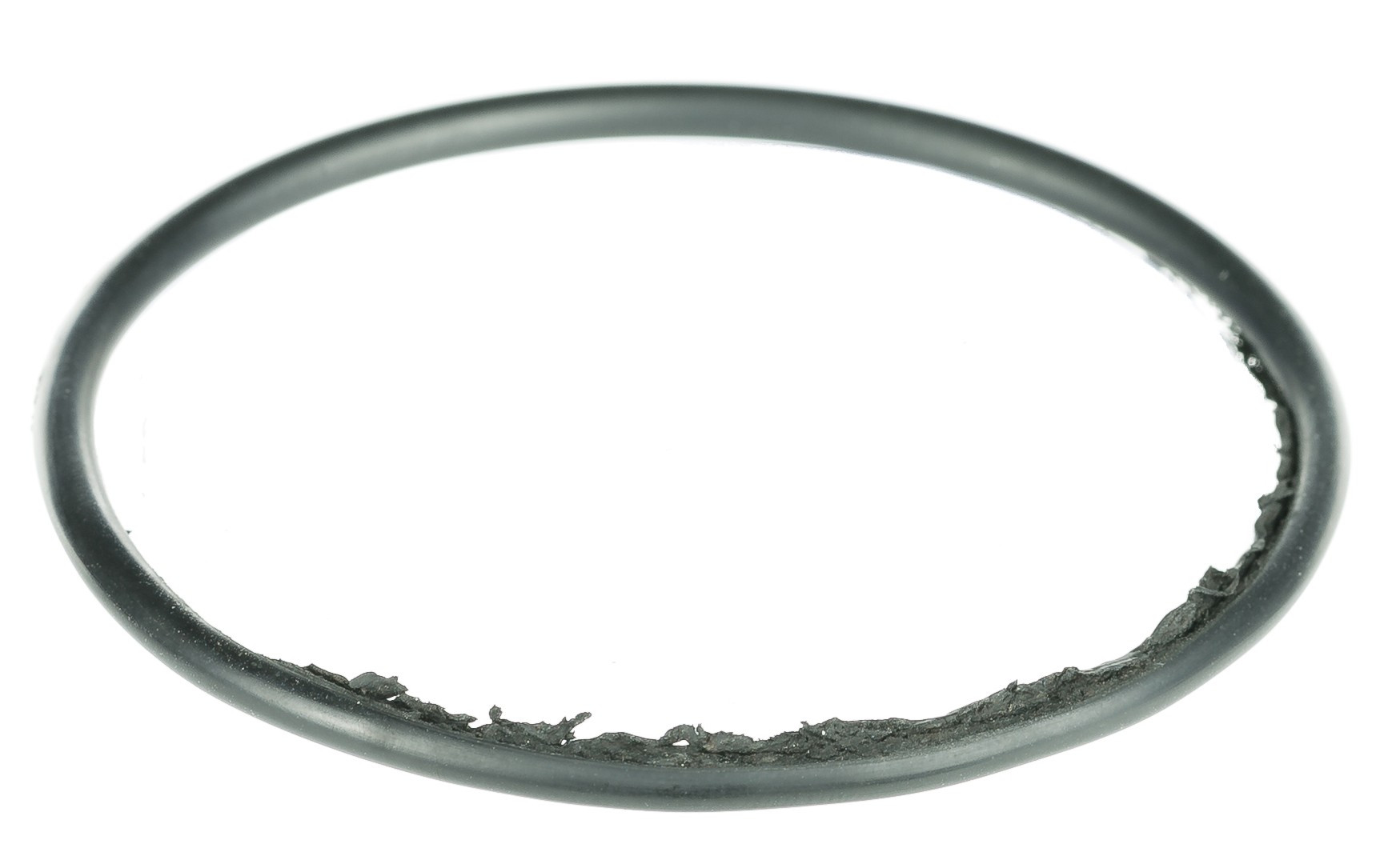Failure Modes
Elastomeric o-ring seals are known to fail from time to time for a number of reasons. These can include poor installation consideration, chemical incompatibility, harsh operating conditions; or a combination of the above.
Using best practices when designing and specifying elastomeric seal installations can help reduce likelihood of failure in application.
The following information highlights a number of more common failure modes witnessed to help users understand the reasons for failure. Ceetak's team of experienced application engineers are available to discuss individual product failures and possible remedies to prolong and preserve the life and performance of your application.
Compression Set & Spiralling

Compression set is the most common failure mode found in O-Ring seals. Compression set, or stress relaxation, results in a loss of sealing pressure (or squeeze) on the hardware allowing the sealed media to bypass the seal.
Compression set is characterised by significant and permanent deformation of the sealing faces with the O-Ring seal taking flat sections at the contact faces.
Compression set can be worsened through the environment, the gland design, the compound and the fluid media. Compression set resistance can be optimised through appropriate design and compound selection matched to the operating environment.
Spiral failure is often caused through dynamic reciprocation of the seal. Where forces, compression, fluid flow and friction are not always uniform, part of the seal can "hang up" on the reciprocating surface and begin to rotate part of the O-Ring within the groove.The resulting stresses can cause a spiralled rupture around the O-Ring.
Extrusion
Extrusion is the result of the o-ring seal becoming forced, usually by high pressure, into a clearance gap at the seal interface.
This is often caused when the hardness of the o-ring material is insufficient to withstand the combination of system pressure, temperature and the size of clearance gap.
The temperature and hardness may also be affected by dynamic friction, chemical attack and thermal swell.
Extrusion is identified by the existence of frayed material adhering to or removed from the edges of the seal as shown.

Rapid Gas Decompression (RGD)


Rapid Gas Decompression is created from small amounts of gas permeating the the polymer structure under high pressure, which then expand quickly when the pressure is removed.
If the pressure is reduced rapidly, the gas expansion occurs within the polymer bursting the structure and creating a number of ruptures within the material.
Often ruptures are retained within the material section, exhibiting as small blisters but in extreme cases the seal section can be torn visibly at the surface.
Chemical Attack
Chemical attack due to incompatible material selection is often difficult to identify and confirm visually.
Chemical attack can cause erosion, swelling and in some cases blistering of the seal materials.
When suspected chemical attack has occurred, Ceetak recommend that the seal materials are checked for compatibility from existing test data. Further material testing is available and can be arranged by us should further laboratory testing be required to identify the root cause of concern.

Abrasion

Abrasion is caused in rotary and reciprocating hardware, where the seal material is abraded by the hardware. This is often due to the surface finish of the interface being too rough, the lubricity being too poor or the temperature being too high.
Materials with low friction or wear resistant additives are available to to reduce the effects .
This failure mode is identified through the presence usually of one flat seal interface and a loss of seal mass.
Nibbling
Nibbling is usually found in dynamic applications and can follow extrusion damage. Nibbling can occur as a result of extruded material being removed from the seal due to alternating direction of pressure or reciprocation of the seal interface.
Nibbling can also occur due to poorly finished edges of groove hardware which can cause mechanical damage without presence of extrusion.
Signs of nibbling damage are typically a rough edge on the seal profile, appearing with chunks of material removed. These failures can lead to sudden seal rupture failure.

Our Products
We have a range of key products available in endless size and material combinations depending on your individual application requirements.


